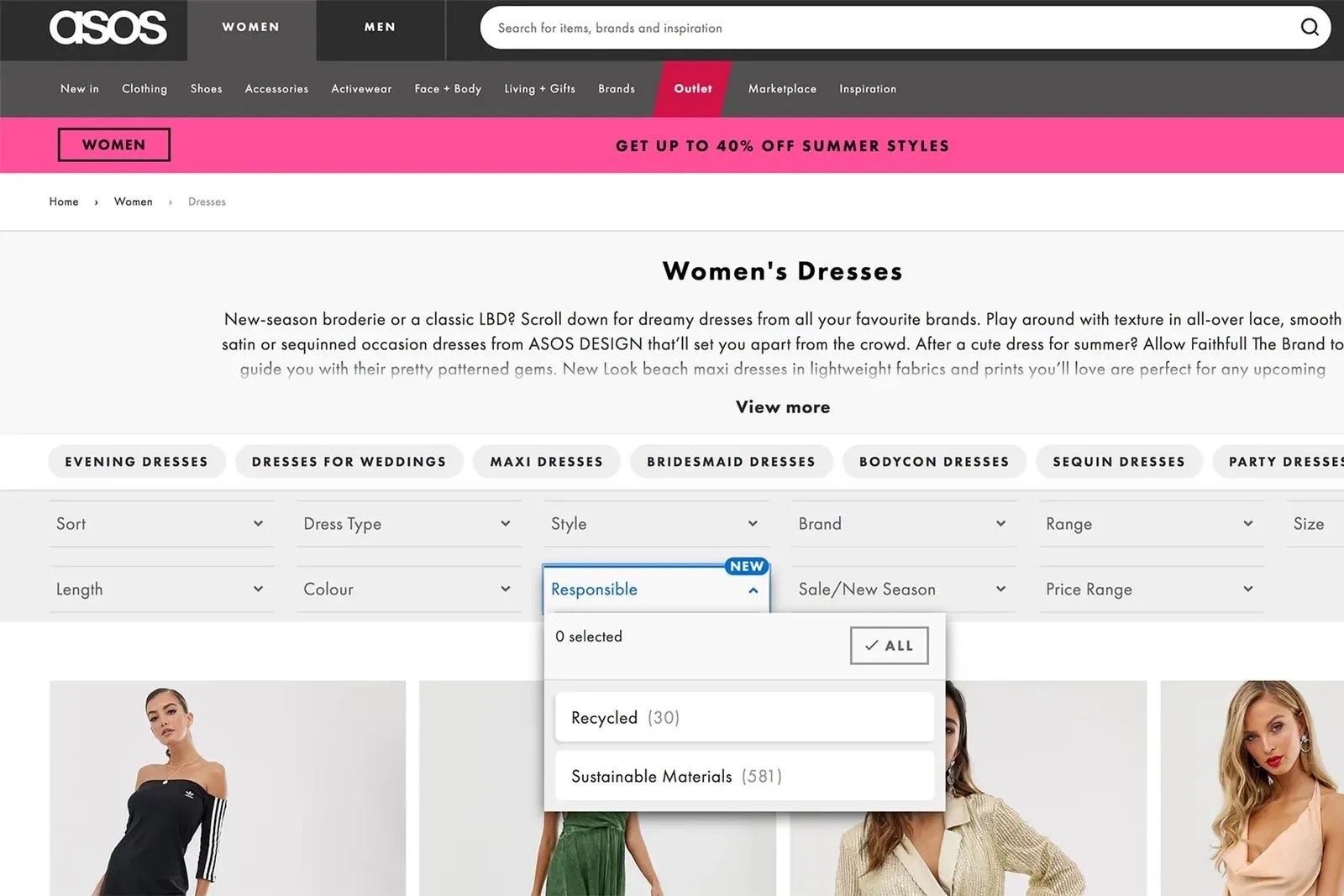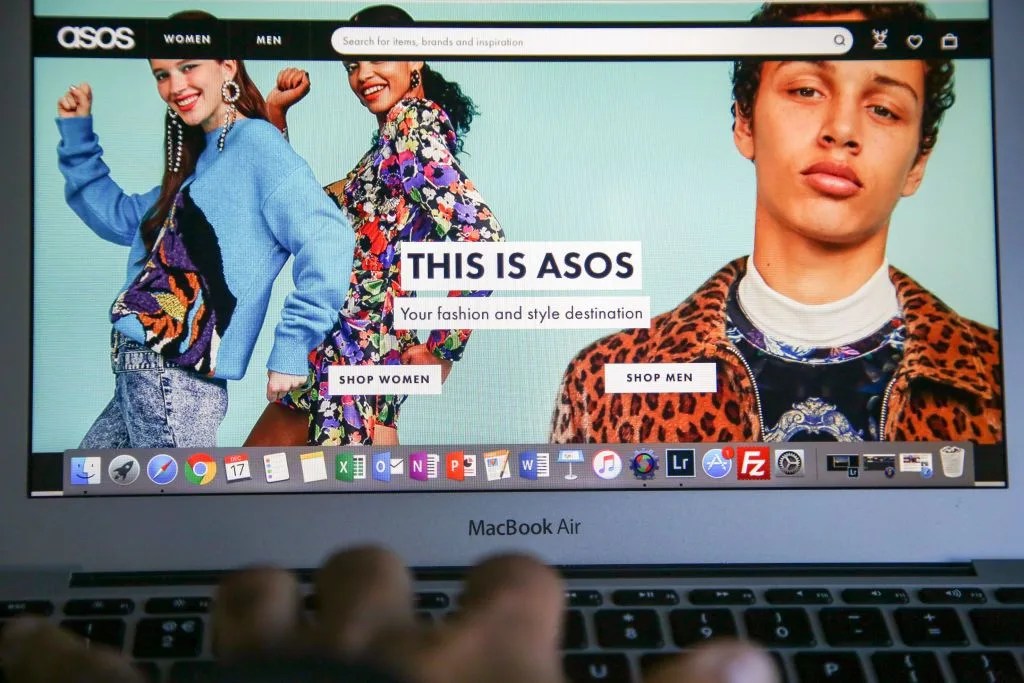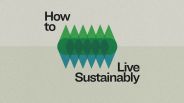Nowadays, there are entire brands built on a commitment to sustainability, but the term remains rather abstract — at least in the fashion space. The primary definition — “conserving an ecological balance by avoiding depletion of natural resources” — doesn’t clear things up because there’s no threshold, meaning any brand working toward using less natural resources (especially compared to fast fashion brands like Shein) is, in theory, sustainable.
That’s why even within big online retailers like ASOS and Boohoo, you’ll find “sustainable lines.” H&M’s is called Conscious Choice, while ASOS’s is the Responsible Edit and Boohoo has Ready for the Future. Each one works in opposition of the given store’s long-standing reputation. These, so they say, are a look at what the brand strives to become.
But, according to a new investigation opened by Britain’s Competition and Markets Authority, a non-ministerial government department that monitors the competitiveness of the open market, these brands are nowhere near as sustainable as they claim to be. In fact, the report directly states that their sustainability claims have misled consumers into making purchases they thought benefitted, or at least posed less of a threat to, the planet. Spoiler alert: They didn’t.
“The statements and language used by the businesses are too broad and vague, and may create the impression that clothing collections — such as the ‘Responsible edit’ from ASOS, Boohoo’s current ‘Ready for the Future’ range, and ‘George for Good’ – are more environmentally sustainable than they actually are,” the CMA’s case reads.

The agency made its determination after setting a standard for sustainability claims in 2021. Then, they defined these sorts of environmental claims and set parameters for identifying falsified ones. According to their definition, “Environmental claims are claims which suggest that a product, service, brand or business is better for the environment. They include claims that suggest or create the impression that a product or a service has a positive environmental impact or no impact on the environment; is less damaging to the environment than a previous version of the same good or service; or is less damaging to the environment than competing goods or services.”
Sound claims are backed with genuine evidence, not made-up accreditations, and “properly describe the impact of the product, service, brand or business, and do not hide or misrepresent crucial information,” the CMA explains. On the contrary, “Misleading environmental claims occur where a business makes claims about its products, services, brands or its operations as a whole, or omits or hides information, to give the impression they are less harmful or more beneficial to the environment than they really are,” the same document reads.



